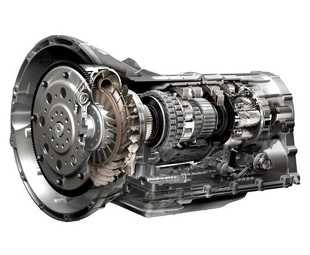A view on automatic trucks

“It is claimed that by reducing the momentum lost when changing a large truck’s gears, anything from four to seven seconds may be gained for every 400 m travelled – a saving of time and fuel that can add up over long journeys,” says Morné Stoltz, head of Business Insurance at MiWay.
Stoltz suggests that the increase in the number of two-pedal trucks (which account for approximately half of all truck sales in South Africa) is in line with the use of smarter technologies to reduce costs and drive business efficiency.
“A primary cause of this shift is the growing sophistication of automatic and automated manual transmissions. These technologies now offer a closer approximation of a skilled driver,” he says.
“Automatic transmission reduces the impact of an unskilled driver on fuel efficiency as well as wear and tear on the vehicle. With both fuel and parts becoming increasingly pricey, this is a real incentive for fleet owners. Time spent in the repair bay is dead time for fleet-owners – an important consideration in South Africa where road transport is by far the most important part of the logistics mix,” Stoltz says.
“Companies that own automatic trucks could also become employers of choice for the best drivers,” Stoltz adds. “Operating the clutch over long periods of time notably increases the physical strain of driving, particularly in heavy traffic. More comfortable driving conditions are likely to mean that drivers are more inclined to pay attention to their driving, with possible safety benefits. This could potentially result in fewer insurance claims.”
Stoltz suggests that automatic transmissions are only the start. “For example, technological advances such as stop/start systems, which are just beginning to make the transition from cars to trucks, can also reduce fuel and engine wear and tear,” he suggests.
“In general, MiWay believes that it makes sense for fleet owners to keep up with the technology curve to improve fuel efficiency, reduce wear and tear and improve the working conditions of their drivers.
“In the long run, these improvements are likely to have a positive impact on a company’s bottom line – and could translate into a more cost-effective insurance profile as technology improves human performance on the road,” Stoltz concludes.
Published by
Focus on Transport
focusmagsa




